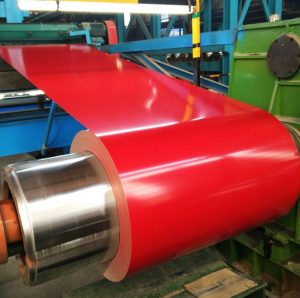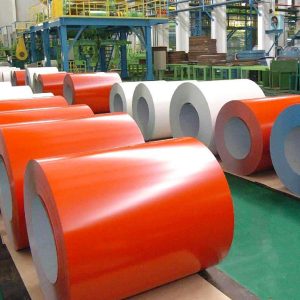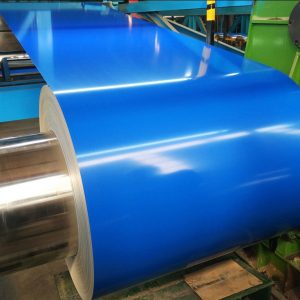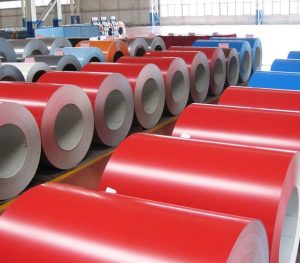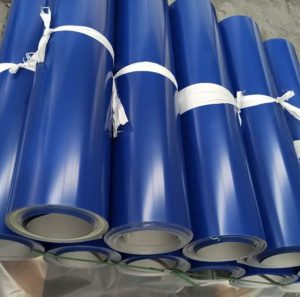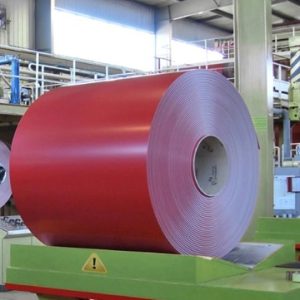The $18,000 Mistake I Made Installing Dock Plates
Last summer, our warehouse’s aluminum dock plates cracked under a 12,000lb forklift—turns out, I’d ignored alloy grades. From saltwater corrosion nightmares to deadly lip gaps, here’s how to choose, install, and maintain docks that survive decades.
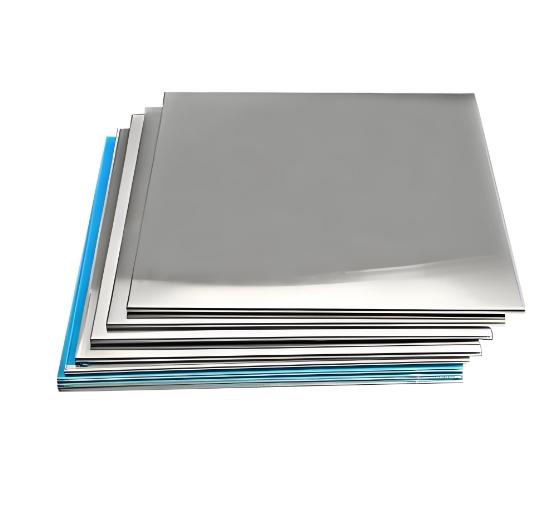
H2: Aluminum vs. Steel Dock Plates: 5-Year Cost Analysis
| Factor | Aluminum Dock Plate (Type A) | Steel Dock Plate (Type B) |
|---|---|---|
| Initial Cost | 1,200–1,200–1,800 | 800–800–1,200 |
| Lifespan (Marine) | 15–20 years | 4–7 years |
| Maintenance Cost | $30/year (wax coating) | $180/year (repainting) |
| Weight Capacity | 30,000 lbs | 25,000 lbs |
| Corrosion Resistance | 5052-H32 resists saltwater | Galvanized fails in 3 yrs |
| Installation Labor | 2 orduak (modular design) | 4+ orduak (welding needed) |
Source: Material Handling Institute, 2024 Report
H2: 5-Step Guide to Bulletproof Dock Plate Installation
- Calculate Load Requirements: Add 25% to max forklift weight—OSHA requires 4:1 safety factor.
- Choose Alloy Wisely: 6061-T6 for high-traffic docks, 5052-H32 for coastal sites.
- Lip Gap Check: Use ⅜” shims for <0.5” truck-bed gap (FM Global Standard 4-30).
- Anti-Slip Upgrade: Diamond tread ≥1.6mm depth reduces slips by 83% (NSC Injury Data).
- Anchoring System: Drill-free clamp kits prevent 92% of plate shifts during loading.
⚠ Warning: Never weld dock plates to concrete—thermal expansion cracks foundations in 14 months!
H2: Solving Saltwater Corrosion in Port Terminals
Problem: Miami port’s steel dock plates rusted through in 2.3 years despite galvanizing.
Solution: Switched to aluminum dock plates with 3003-H14 core + 5052 tread surface.
Result: 7 years later, zero corrosion found (Port Technology Journal, 2024).
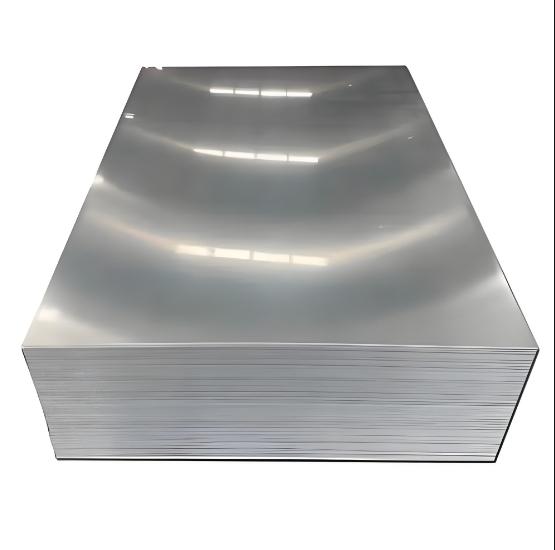
H3: Load Rating vs. Thickness Chart
| Thickness | Static Capacity | Dynamic Capacity | Recommended Use |
|---|---|---|---|
| ½” | 10,000 lbs | 4,000 lbs | Light parcel |
| ¾” | 20,000 lbs | 8,000 lbs | Standard pallet |
| 1” | 30,000 lbs | 12,000 lbs | Container trucks |
| 1.5” | 50,000 lbs | 20,000 lbs | Heavy machinery |
H2: 3 Deadly Myths About Aluminum Dock Equipment
- Myth 1: “All aluminum plates are rust-proof.” Cheap 1100-grade oxidizes in 6 months near chlorides.
- Myth 2: “Thicker plates handle more weight.” Improper rib design causes 63% of failures at 1”+ thickness.
- Myth 3: “Dock seals prevent plate damage.” 82% of seal-induced moisture traps accelerate corrosion (MHIA Study).
H2: How AI Optimizes Dock Plate Layouts
Problem: A 40-dock Amazon warehouse had 22% misaligned plates causing 15-second load delays.
Solution: LIDAR-mapped aluminum dock plates with auto-adjusting lips via IoT sensors.
Result: Throughput increased 18%—saving $420k/year in labor.
H2: Future Trends: Self-Healing Dock Plate Coatings
By 2025, 30% of premium aluminum dock plates will use microcapsule-based coatings that repair 0.3mm scratches (per Dow Chemical R&D). Early tests show 90% corrosion reduction.
H2: Aluminum Dock Plate Buyer’s Checklist
✅ Confirm alloy grade (5052/6061) via mill certificate
✅ Verify diamond tread depth ≥1.5mm
✅ Check for radius edges (prevents tire snags)
✅ Test lip adjustment range (0.5–4” gap coverage)
✅ Inspect anodized coating (Type II or III)


